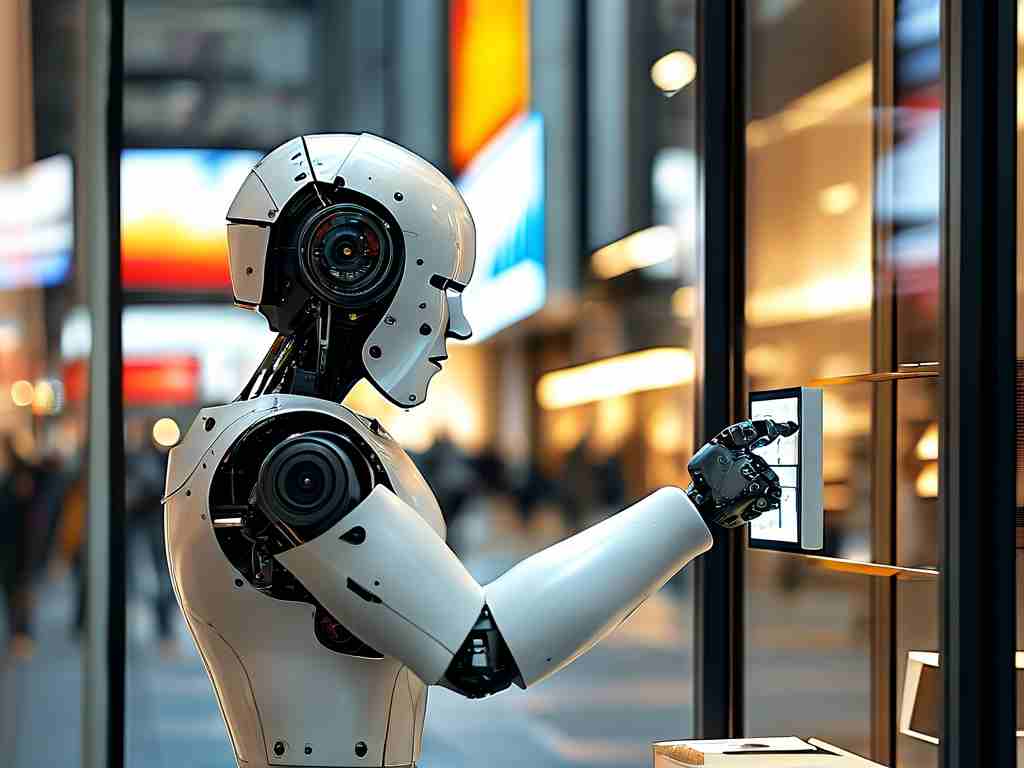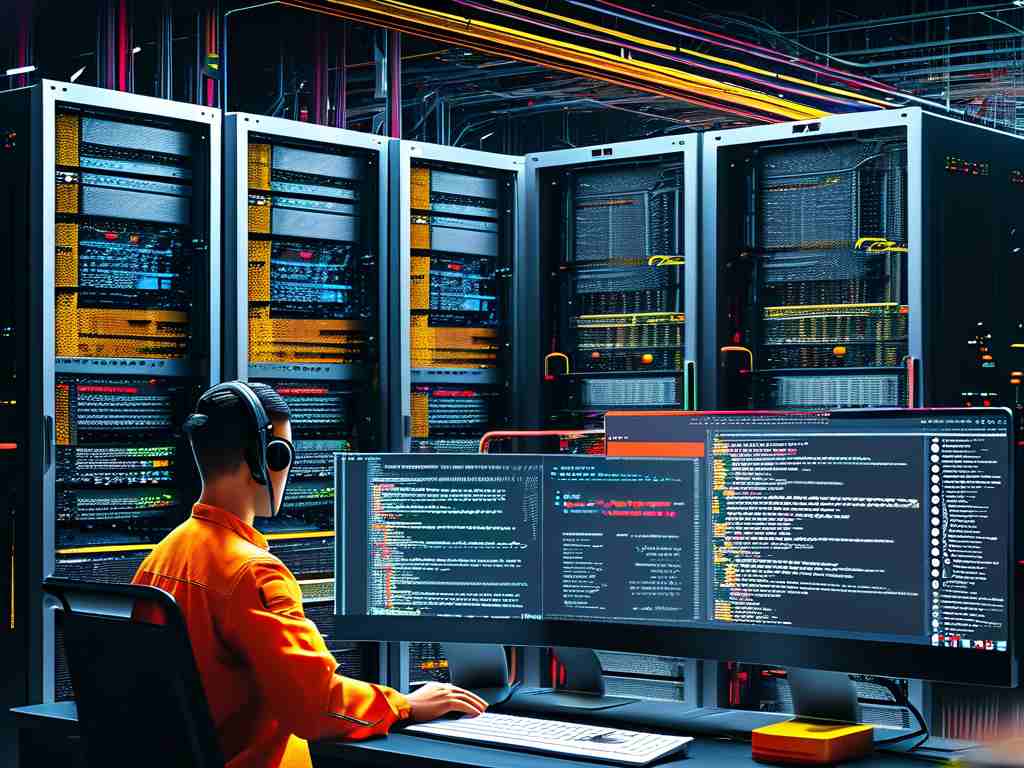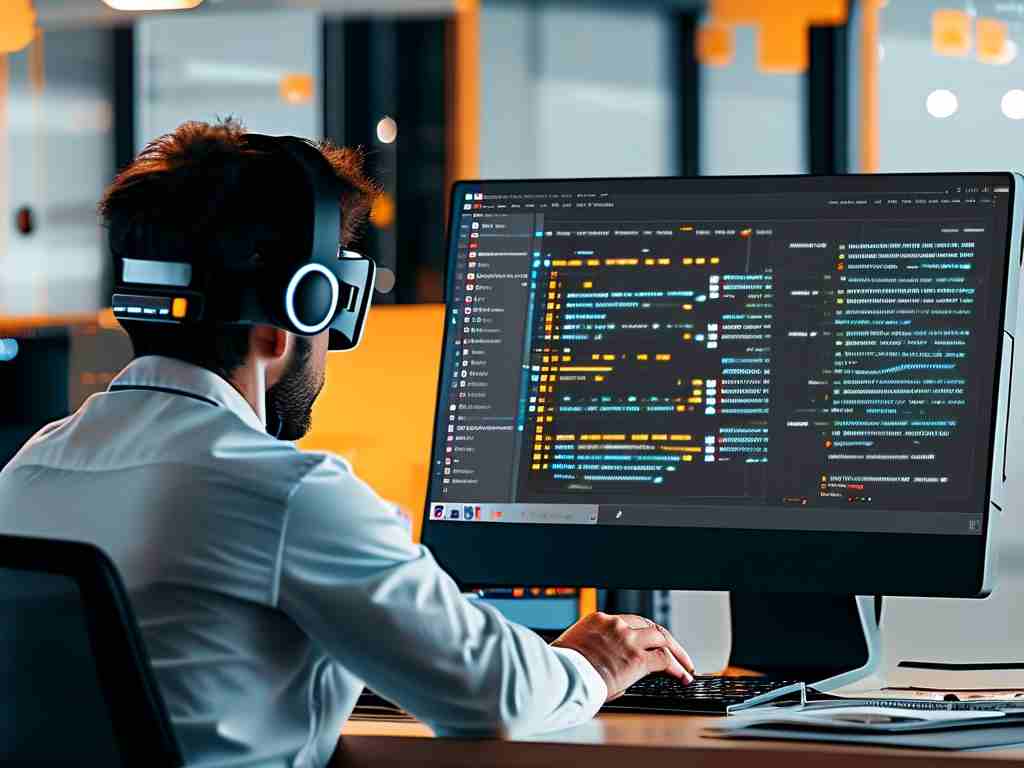In the rapidly evolving retail landscape, window display automation has emerged as a game-changer for brands seeking to enhance visual merchandising efficiency. This article explores practical methods for implementing automated window display systems while maintaining creative flexibility.

Core Components of Window Automation
Modern automated window solutions combine IoT sensors, dynamic content management, and mechanical control systems. For example:
# Sample API call for display rotation
import requests
def rotate_display(angle):
api_endpoint = "https://display-control/api/v1/rotate"
payload = {"angle": angle, "duration": "30s"}
response = requests.post(api_endpoint, json=payload)
return response.status_code
This code snippet demonstrates how basic rotation commands can be programmatically managed through web APIs.
Implementation Workflow
- Content Digitization: Convert physical assets into digital formats compatible with e-paper screens or LED panels
- Scheduling Logic: Develop algorithms that align displays with inventory levels, weather patterns, or foot traffic data
- Hardware Integration: Connect actuators and motors to central control units using protocols like MQTT or Zigbee
A major European fashion retailer achieved 40% faster campaign updates after implementing automated seasonal transitions. Their system uses light sensors to adjust brightness automatically, reducing energy costs by 18%.
Overcoming Creative Limitations
While automation streamlines operations, human oversight remains crucial. Successful implementations use hybrid approaches:
- Automated template-based layouts for routine updates
- Manual overrides for flagship product launches
- AI-powered suggestion engines for color scheme optimization
Maintenance Considerations
Regular firmware updates and predictive maintenance are vital. Many systems now incorporate self-diagnostic features:
# Check display hardware status $ systemctl status display-controller ● display-controller.service - Window Display Control Loaded: loaded (/lib/systemd/system/display-controller.service) Active: active (running) since Fri 2023-08-18 09:15:32 UTC
As projection mapping technologies mature, future systems may incorporate real-time AR elements. However, current implementations focus on reliability – most commercial solutions guarantee 99.95% uptime through redundant power supplies and failover mechanisms.
For small retailers, cloud-based subscription models (starting at $199/month) now make automation accessible without large upfront investments. These platforms offer drag-and-drop interfaces that sync with POS systems and social media calendars.
The key to successful deployment lies in balancing automation with brand identity. As one industry expert notes: "The goal isn't to remove human creativity, but to amplify it through smart tools that handle repetitive tasks." By 2025, over 60% of mid-tier retailers are projected to adopt some form of automated visual merchandising, signaling a fundamental shift in retail operations.









